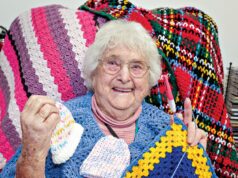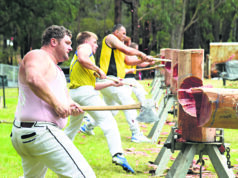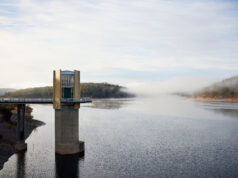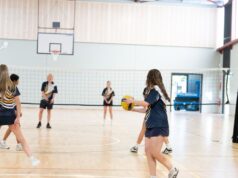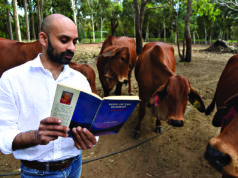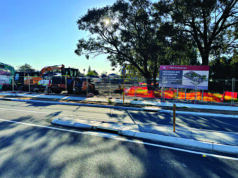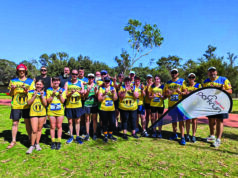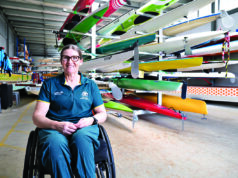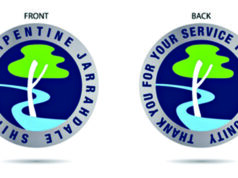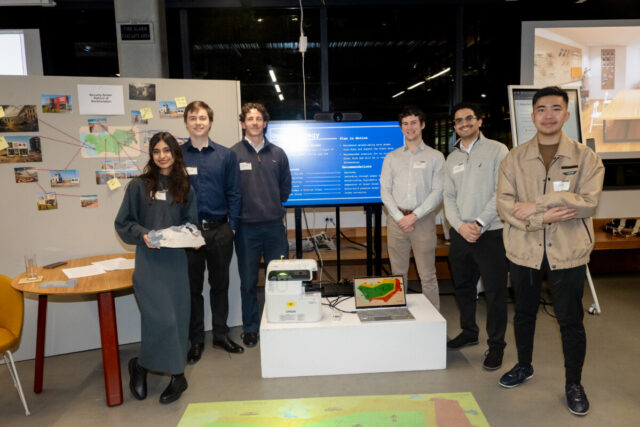
Where conflict continues to divide the world, a group of students imagined what healing could look like, not through politics or power, but through compassion and hope.
At Curtin University, the ‘Global Futures Challenge: The After War’ gave students from diverse disciplines a chance to tackle one of the hardest questions of our time: what does it take to rebuild after war?
A Curtin student with Palestinian heritage, Abdelrazzak Elhirbawy, noted the challenge was personal.
“My inspiration is rooted in a background of deep understanding and sympathy for what really goes on during and after the product of conflict, war and occupation,” he said.
“I understand that conflict will always unfortunately occur around the globe, and my enrolment into this challenge was an attempt at understanding the toughest question. How can we move forward as a united body, and how do we collectively reconstruct a society that is broken?”
His team created a detailed plan for a community centre in a fictional war-torn country called Bukharestan.
They mapped out how joy, connection and healing from architectural design and campaign videos to a software model and promotional materials, that could return to a fractured community. The imagined crisis reflected real-world struggles; millions displaced, divided societies and deep scars left behind.
“I’ve now been able to understand through this challenge how to navigate the level of complexity that is uncovered when discussing war, recovery and peace,” he said.
“Often it is the people affected by the issue… the elders or respected community members… that provide the best solutions. Their input is just as important, if not more, than ours.”
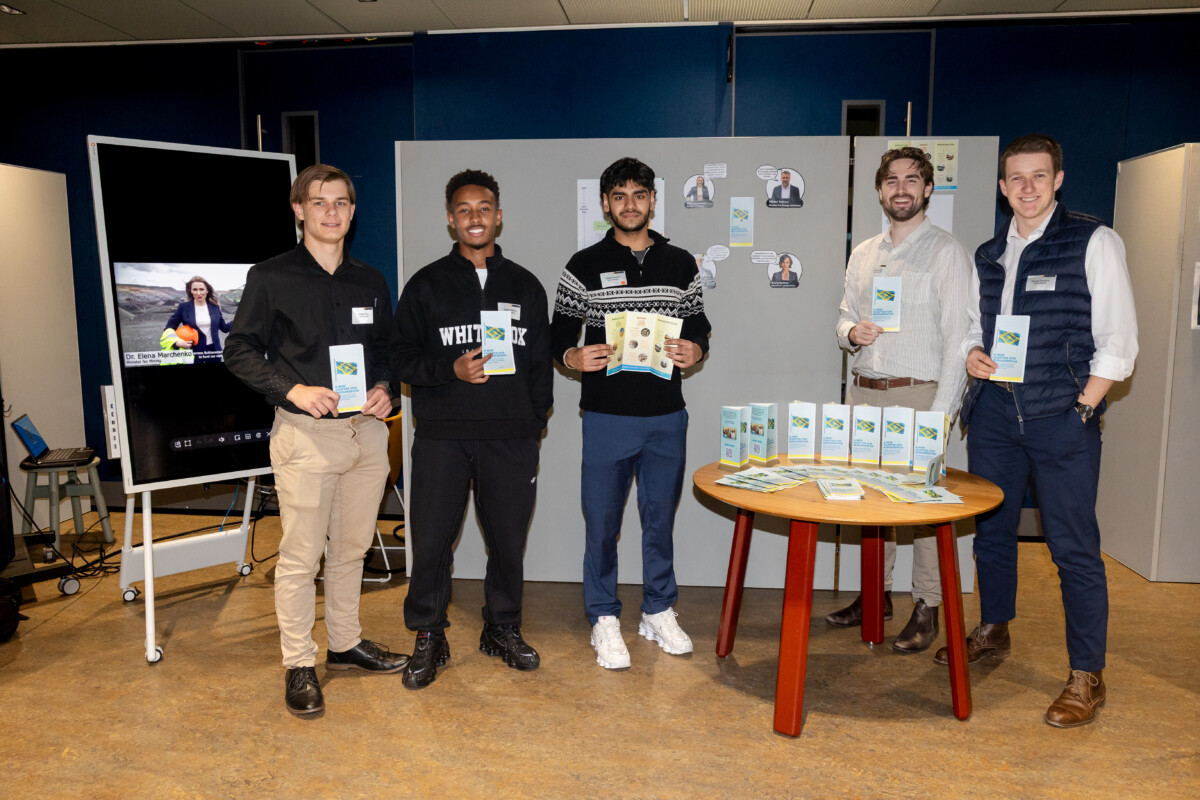
The program, led by Professor Farida Fozdar, Dean of Global Futures, brought students face-to-face with experts in post-conflict recovery, from engineers to United Nations specialists. It included panel discussions, lectures and even an excursion to the Art of Peace exhibition.
“The world is a depressing place at the moment,” Professor Fozdar said. “This was an opportunity for students to lift their heads up and think positively about what can be achieved when the fighting stops.”
She said the challenge gave students a practical space to apply their degrees in ways that surprised even themselves.
“I was blown away by the ways they brought their existing skills and diverse disciplinary knowledge to the challenge tasks,” she said. “We had engineers, historians, business students, design and architecture students all working together to come up with creative, workable solutions to practical problems.”

Students embraced unfamiliar experiences, responded to feedback from professionals, and explored how technology could play a role in healing. One group even used AI to simulate virtual interviews that demonstrated how community consultation could work on the ground.
Professor Fozdar said what stood out most was how students overcame their initial uncertainty and found confidence through collaboration and action.
“Students said that the unit gave them hope, and also a realisation that they can actually use their knowledge and skills in very practical ways,” she said.
“I was struck at how surprised they seemed at the fantastic solutions they proposed.”
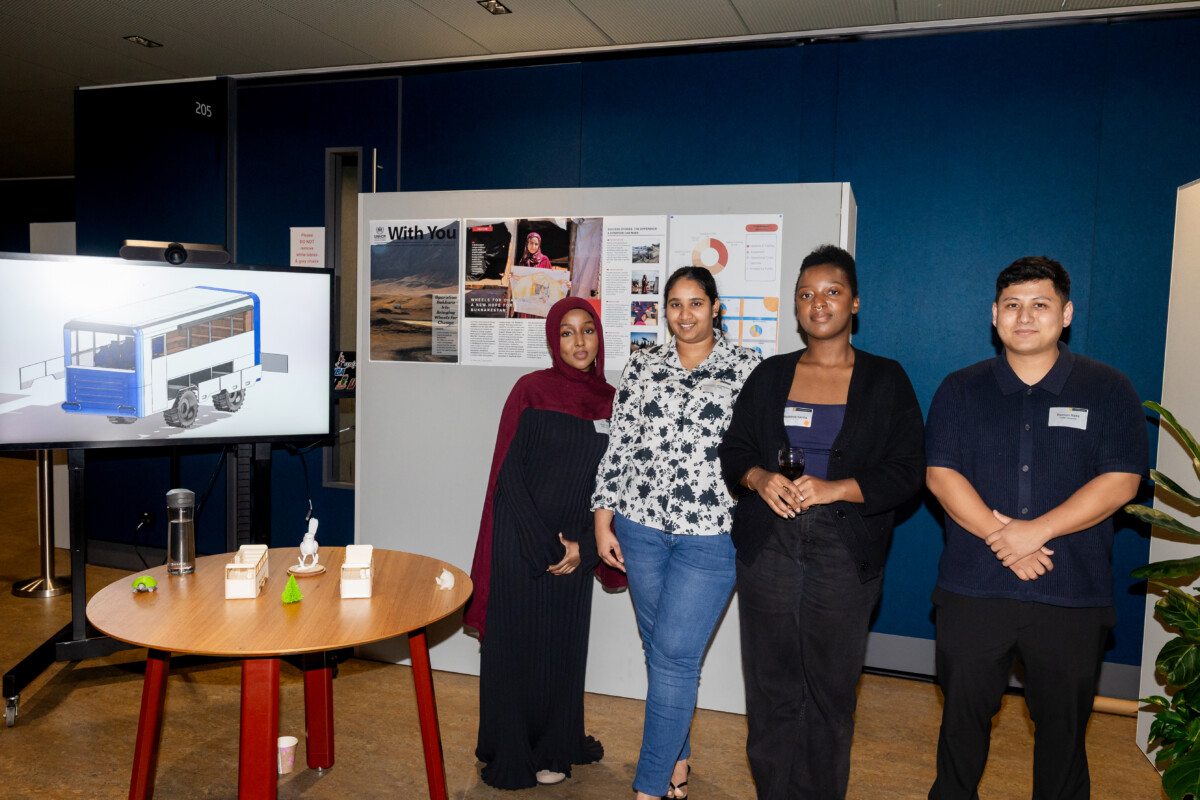
According to Abdelrazzak, one of the most crucial moments came during a talk by Professor Vanessa Hearman, who shared her experience working for the United Nations in Timor Leste. Her story of resilience and purpose in the face of danger left a lasting impression.
“It was just awe-inspiring,” he said.
Now, Abdelrazzak believes strongly in the power of young people to create change.
“It just takes the ambition and determination of young people in our society now to know that they can make an impact, that their voice will be heard.”
“I’ve only come out of this enlightened and genuinely knowing that I have been able to propose innovative solutions that have been considered and actually worked in past real-life scenarios. The difference starts with you. Just keep your eyes open, apply and reach out. You’d be surprised how serious and welcoming people will take you when you are determined to drive positive change.”


